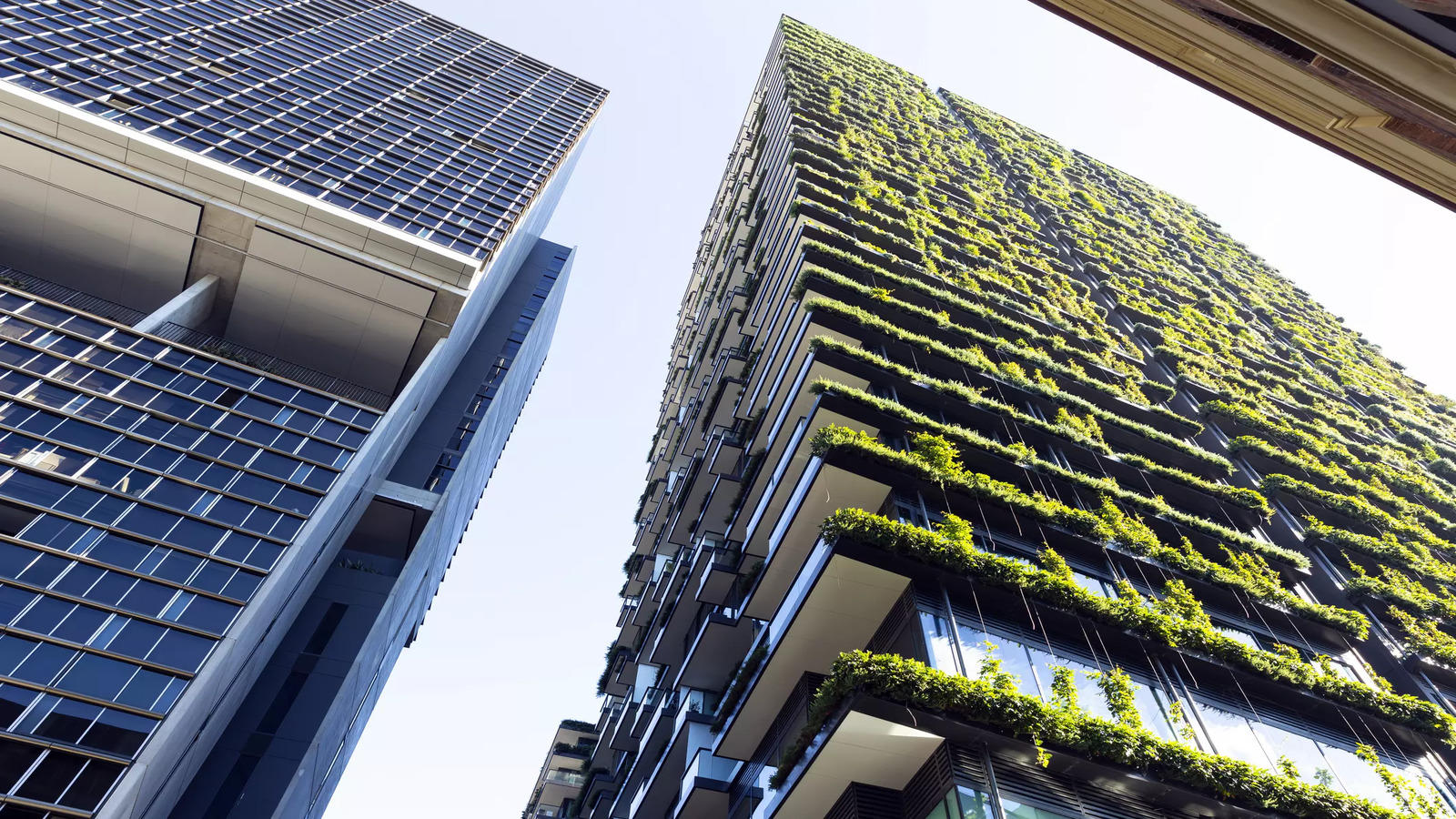what are green building projects [Updated on: March 2024]

Green buildings, also known as sustainable buildings, are structures designed and constructed to minimize their environmental impact while promoting occupant health and well-being. These buildings leverage efficient use of energy, water, and other resources, employ sustainable building materials and waste reduction methods, and create spaces that enhance occupant comfort and health. The primary aim of green buildings is to reduce the carbon footprint during construction and the operational life of the building, conserve natural resources, and provide healthier living environments. By integrating innovative designs that capitalize on natural resources like sunlight and wind, employing renewable energy sources, and utilizing eco-friendly materials, green buildings set a standard for sustainable development in the urban landscape.
Green building projects in India are shaping the future of real estate by focusing on sustainable and environment-friendly practices. With the rapid pace of urbanization, the demand for such green projects has surged, reflecting a nationwide commitment to sustainable development. India's green building sector is poised for significant growth, offering myriad benefits to occupants, communities, and the environment.
Energy Efficiency
India’s commercial and residential sectors are increasingly adopting renewable energy sources like solar panels, along with energy-efficient appliances, to minimize energy usage. Improved insulation and passive heating/cooling designs further reduce the buildings' energy needs, cutting down consumption by up to 40%.
Water Efficiency
Facing water scarcity, implementing systems like rainwater harvesting, recycled gray water, and low-flow fixtures has become crucial. These measures optimize water usage, leading to a 20-30% reduction in water consumption in green buildings compared to traditional structures.
Sustainable Materials
The construction sector contributes significantly to India's CO2 emissions, primarily due to the use of energy-intensive materials. Adopting recycled, renewable, and non-toxic materials in construction can slash these emissions by half. Sustainable materials not only minimize environmental impact but also improve the overall health and well-being of occupants.
Improved Air Quality
Indoor air quality is a critical concern, with pollutants significantly impacting health. Green buildings leverage low or no-VOC paints, enhanced ventilation systems, and non-toxic materials to ensure cleaner indoor air, reducing potential health risks by up to 30%.
Renewable Resources
Aligning with India's goal to increase renewable energy capacity, green buildings incorporate materials like bamboo and cork, known for their rapid and sustainable growth. The integration of solar energy can cover 20-30% of a building's energy needs, supporting national renewable energy targets.
Transportation Efficiency
Urban traffic congestion highlights the need for sustainable transportation solutions. Green buildings encourage the use of alternative transport modes by providing amenities like bike facilities, electric vehicle charging stations, and convenient access to public transit, achieving a notable reduction in transportation energy use.
Waste Reduction
Urban areas generate massive amounts of waste annually, with the construction sector being a significant contributor. Green construction practices prioritize waste reduction through recycling and reuse, diverting over 70% of construction waste from landfills.
Sustainable Communities
As India's urban population continues to grow, the development of sustainable urban spaces has become imperative. Green buildings and townships focus on reducing carbon footprints and enhancing living conditions, offering a model for future urban development.
Benefits
Green buildings offer lower operating costs, with energy and water savings translating into reduced utility bills. These buildings often command a higher property value and enjoy various government incentives, including rebates and grants. Perhaps most importantly, they contribute to conserving natural resources and significantly reducing environmental impact, addressing climate change and promoting healthier, more livable cities.
In essence, green building projects in India represent not just an investment in real estate but an investment in the future. As the country moves towards more sustainable development practices, green buildings stand at the forefront, heralding a new era of real estate that benefits the economy, society, and the planet.
Interested in buying a property?
Leave your details – we’ll call within 5 minutes.
Comments
No comments yet. Be the first!